As a comparison of the dynamics of the cost of 3A scrap in 2020–2023 shows, the law on non-cash payments did not affect seasonal price changes and did not cause their abnormal growth. The new rules will not have a critical impact on scrap prices and seasonal trends in 2024. The government protected Russian metallurgists from price fluctuations on world markets, including Türkiye, with restrictive export measures. The determining factor may be new sanctions against Russian manufacturers of metallurgical products.
At the end of 2023, a new package of EU sanctions was introduced against Russian metal, HBI and pig iron, which could lead to a reduction in foreign markets for domestic metal products and demand for raw materials, including scrap.
The review of the Russian Ministry of Economic Development “On the dynamics of industrial production” notes the successes of the metallurgical industry. Even compared to the record year 2021, the growth of the Russian metallurgy for 9 months of 2023 was 4.1%, and for finished metal products - 11.6%. At first glance, production is growing and the need for recyclable materials is even greater than in previous years, and the increase in demand leads to an increase in the price of scrap. However, it must be taken into account that the Russian Ministry of Economic Development assesses the general condition of both non-ferrous and ferrous metallurgy. From these statistics it is impossible to isolate separate information on the production of iron, steel and non-ferrous metals.
Despite the recovery of Russian enterprises after the shocks, scrap metal consumption does not reach pre-crisis 2021 levels. Global steel production and scrap consumption are also declining. For these reasons, a sharp increase in the cost of scrap metal in 2024 should't be expected, prices will remain at a stable level and will gradually rise and fall in accordance with seasonal dynamics.


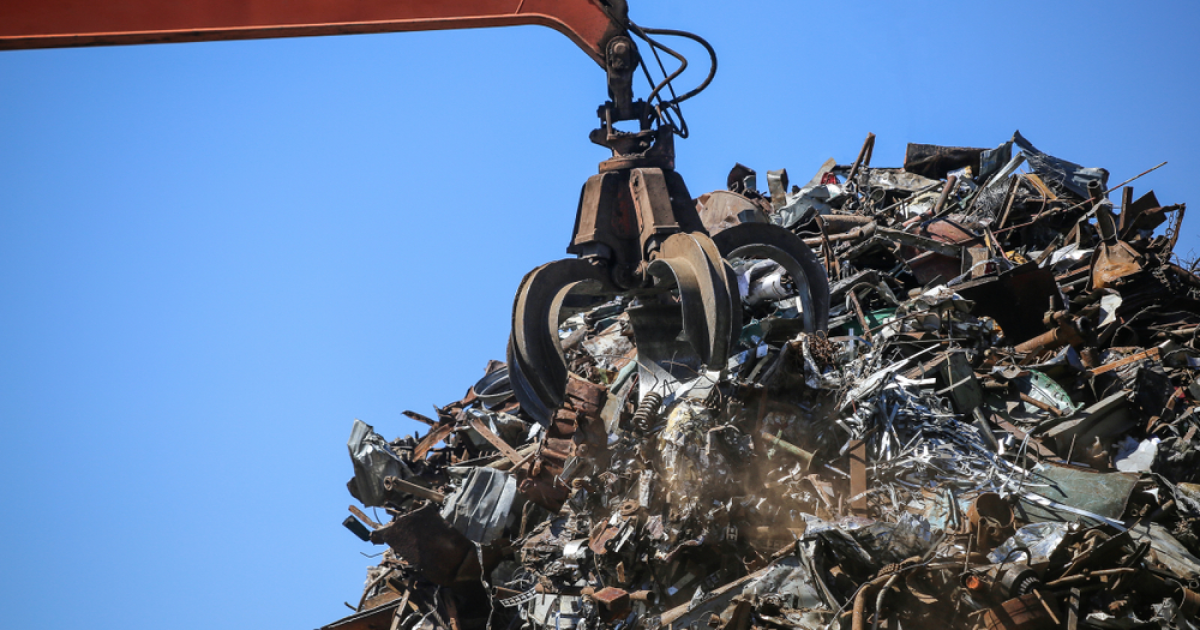
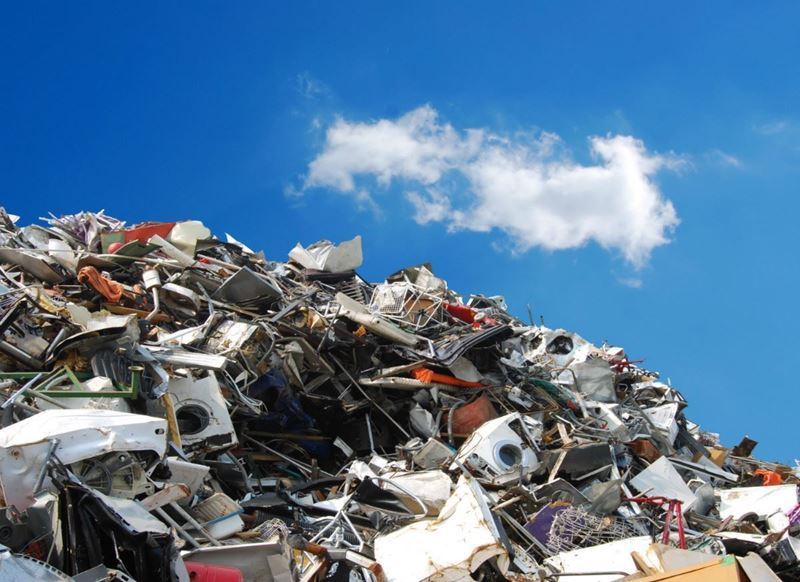
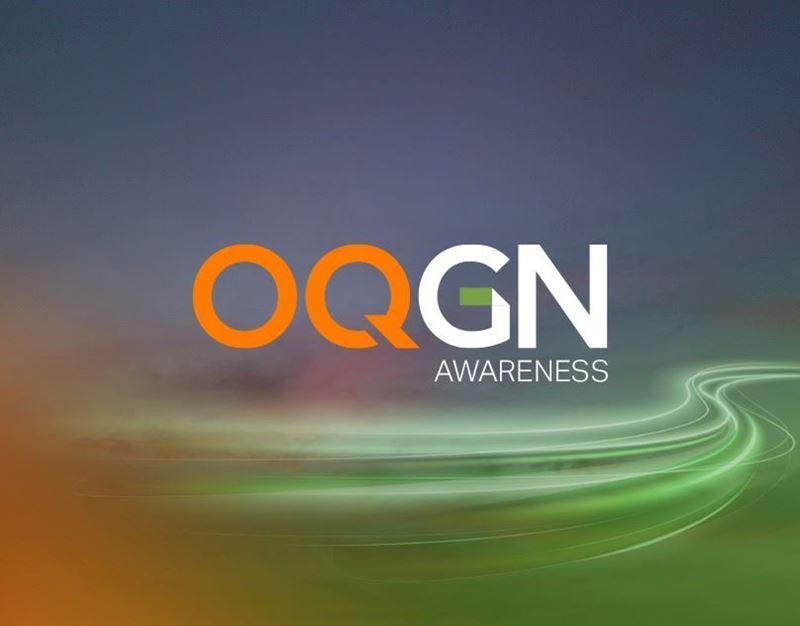

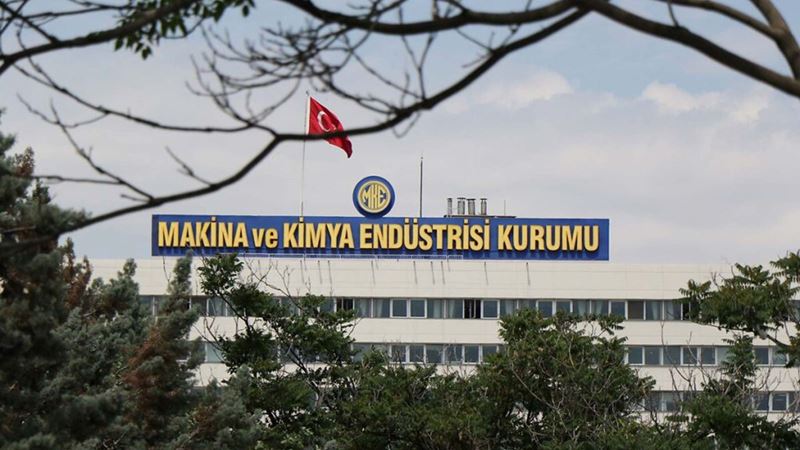
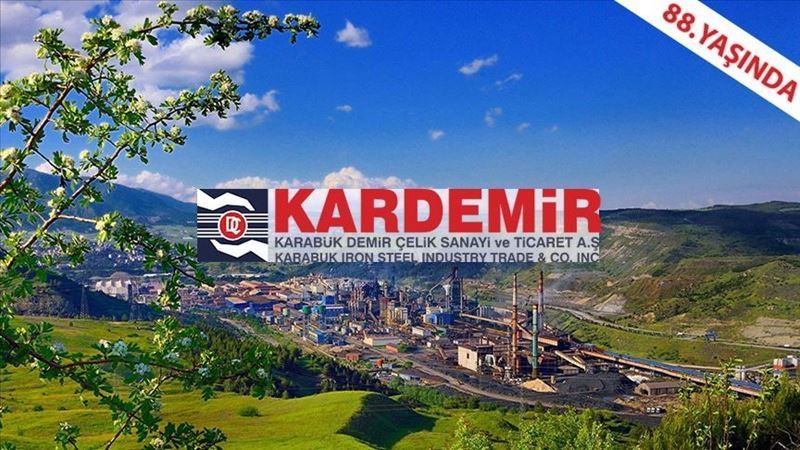

Comments
No comment yet.